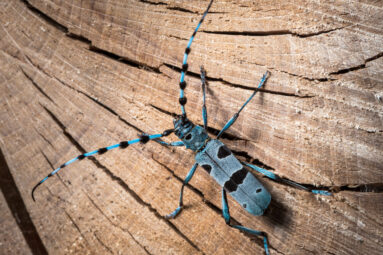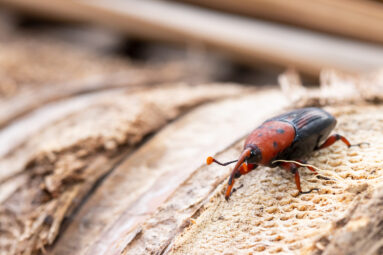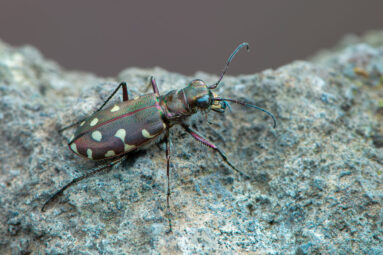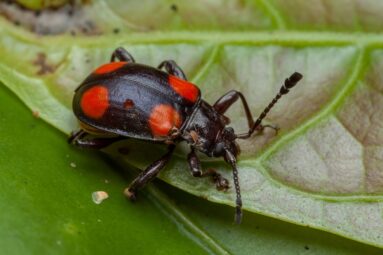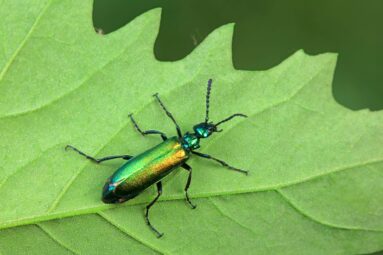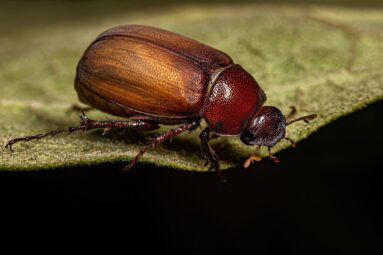COLEOPTERA
COLEOPTERA
With more than 400,000 described species, beetles are currently the most diverse lineage of life. They are found on every major landmass and are famous for their varied morphology, life history, and behavior. The size of an individual beetle can range from less than 0.5mm (featherwing beetle) to well over 6in or almost 16cm long (Titan longhorn), with everything in between. Beetles can be predators, bore into wood, pollinate flowers, roll dung, parasitize bees, and so much more. They can be found deep underground or flying to the tops of the tallest trees, many are adapted to swim in ponds or streams, or even survive the trip through the digestive tract of a frog. All this knowledge is archived, along with vouchered Coleoptera specimens, in one of the world’s biggest natural history collections, the Florida State Collection of Arthropods.
Beetles comprise a major holding of the Florida State Collection of Arthropods (FSCA), with more than 2,175,000 prepared specimens housed in 7,500 drawers. Geographical coverage is worldwide, but strengths are in the southeastern United States, the Caribbean, and Central America. Holdings from South America and Asia continue to grow. We have recently built a species-level inventory for the collection and currently have more than 48,000 species representing 9,051 genera in our holdings.
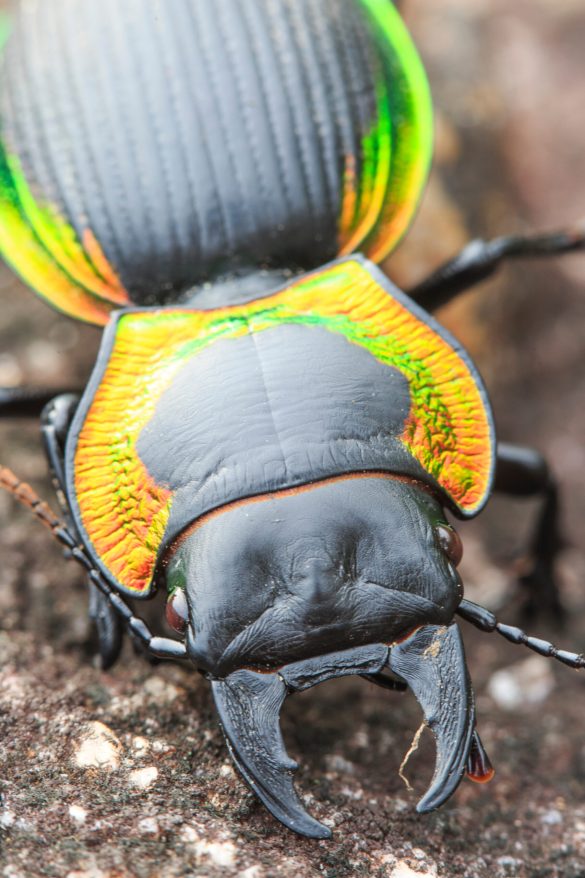
Major contributions to our beetle collection have been made over many years, both by our past and present staff (Weems, Woodruff, Thomas, Skelley, Smith, Schnepp, and Powell), and by numerous significant donations made by our collaborators and research associates. These contributions built the representation for some of these groups to be among the best in the world. Most notably, E.J. Geisbert (Cerambycidae), G.H. Nelson (Buprestidae), H.F. Strohecker (Endomychidae), R.B. Selander (Meloidae), R. Arnett (Oedemeridae), J. Wappes (Cerambycidae), W. Opitz (Cleridae), The Dozier brothers (Coleoptera), B. Valentine (Coleoptera), F. Young (Aquatic families), and D. Habeck (Nitidulidae and larvae).
